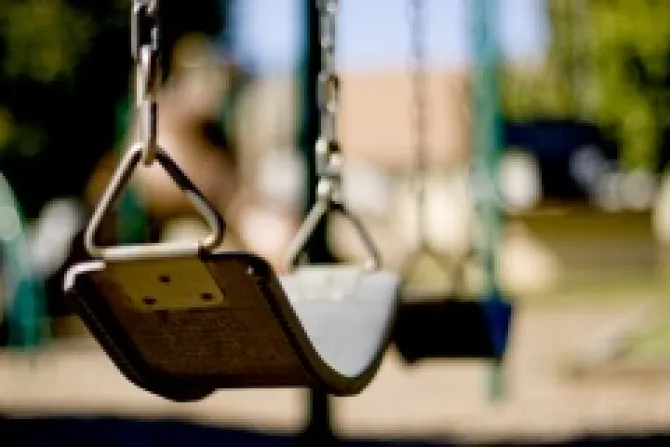Los Angeles, Calif., Jan 15, 2013 / 02:06 am
A new report has found "fresh impetus" for nurturing California children due to the combination of falling birthrates, retiring Baby Boomers, and reduced immigration in the state.
"Children have always been important and deserving of our most diligent care, but the stakes have never been higher," read "California's Diminishing Resource: Children," released Jan. 8 by the Lucile Packard Foundation and the University of Southern California.
The challenge is that the urgency of these issues is not yet recognized among all policymakers or the public at large," the analysis noted.
"If California is to prosper in the decades to come, every child must have the necessary support and opportunities to become a maximally contributing member of society."
The report urged that, "as the vital foundation for that success, California's policies, programs and investments must promote the health and well-being of the state's most valuable resource – its children."
Demographers at the University of Southern California studied the changes in the child population of the state, and found startling figures. Children represent a shrinking portion of the state's population, at the same time as there is an "upcoming major shift in the ratio of seniors to working age adults."
"The social and economic well being of California's future residents therefore will depend on how well we nurture the current generation of children," wrote the president of the Lucile Packard Foundation for Children's Health.
The report emphasizes the role of children as being future economic entities, filling "adult roles as employees, citizens and consumers."
The report advocates for childrens' health care and education, and the reduction of poverty: "we need all our children to be healthy and ready to learn so that they may become flourishing and productive adults."
While acknowledging that "all children, of course, have intrinsic personal value," the report focuses on the "growing social and economic importance of today's children."
The birth rate in California has dropped below the replacement level, and is experiencing a "homegrown revolution," because fewer and fewer people are choosing to move to California.
Because there are significantly fewer children in California than there were in the past and the Baby Boomers are reaching retirement, the states workers face an increased social burden in coming years.
From 1970 to the present, the ratio of seniors to working adults has consistently been around 21 seniors per 100 working age adults. That ratio will increase to 28 in 2020, and to 36 in 2030. "These future, supporting adults are today's children," the report noted.
Children born in 2015 will have "fully twice the weight of social and economic responsibility" of children born in 1985, the report said.
The report finds that California women are not having enough children to maintain the state's population. The "replacement rate" is 2.1 births per woman, a rate not seen in the state since 2000. At that time, the average lifetime births per woman were 2.14; in 2010 that rate fell to 1.94, and is projected to be 1.89 in 2020.
While 0.2 births per woman seems like a small change from 2000 to 2010, this figure "equates to roughly 1 million fewer children between ages of 0 and 9," noted the report.
The report urges that public policymakers have these issues in mind as they look at policies affecting families and children. Without immigration or increased births, California's economic prospects are bleak and getting more so every day.


